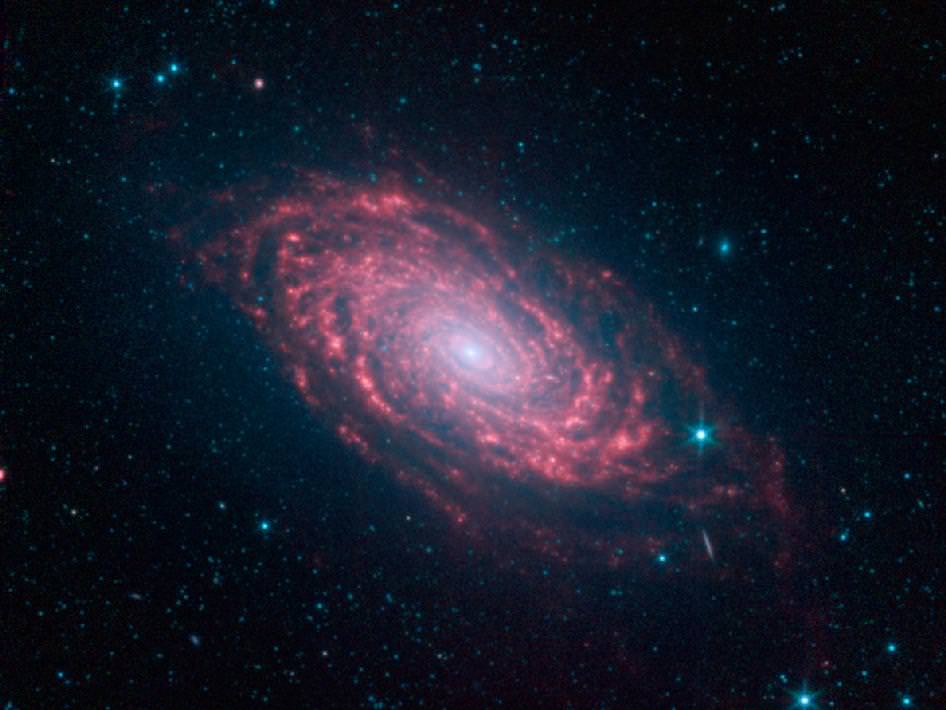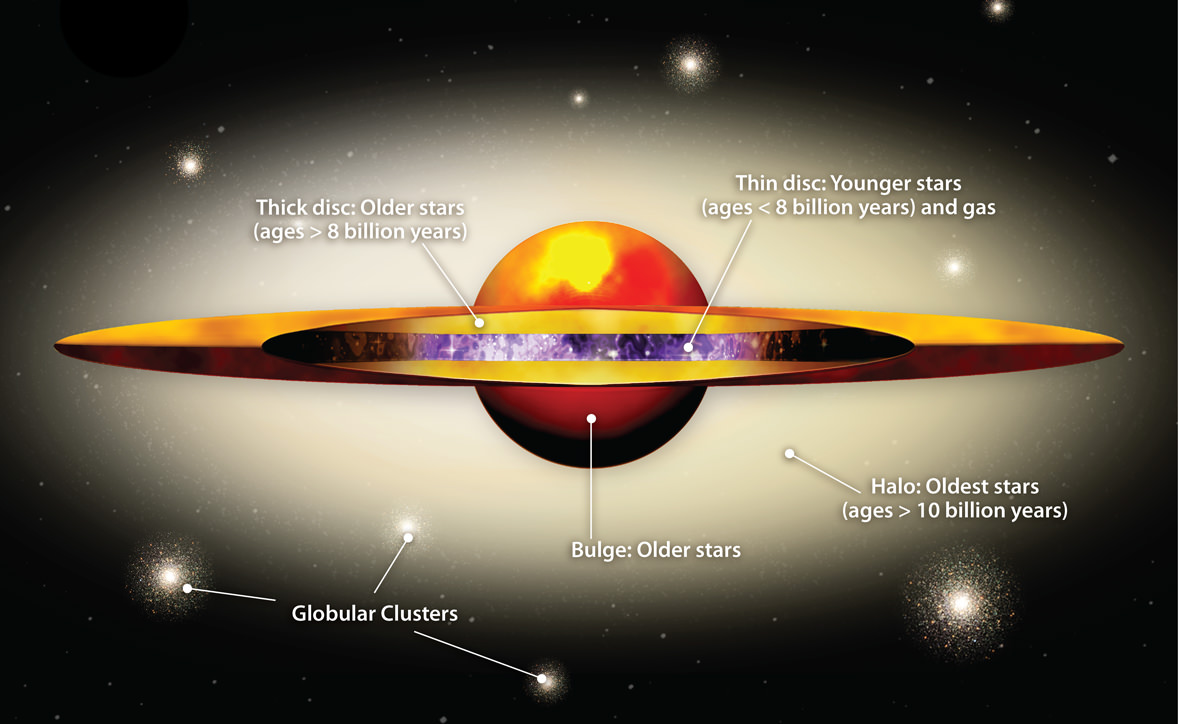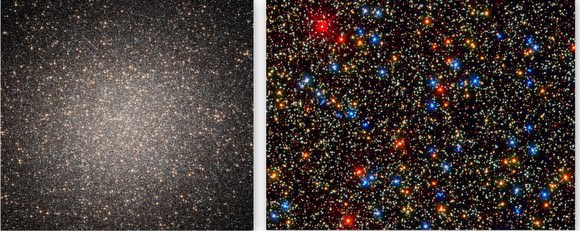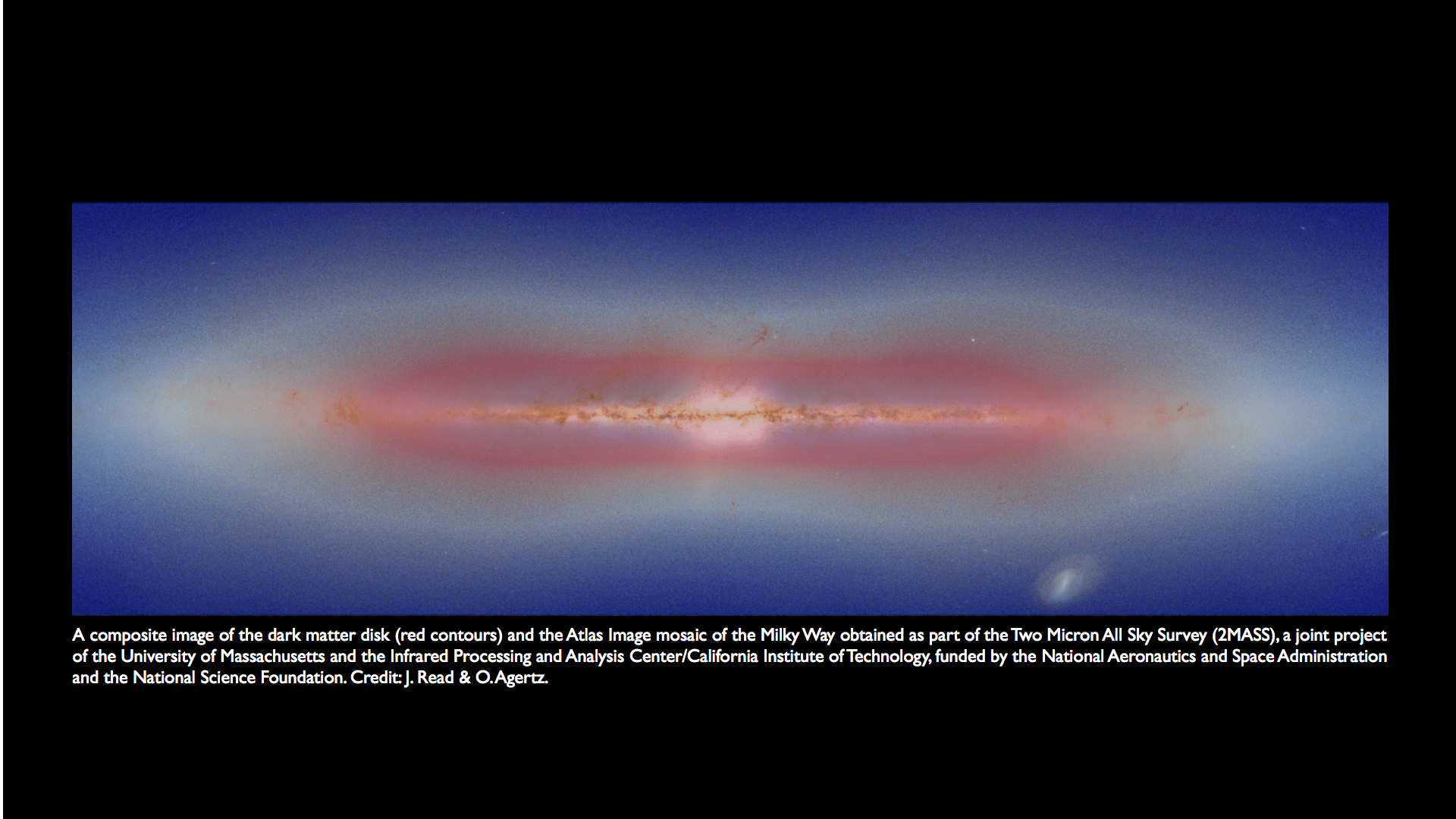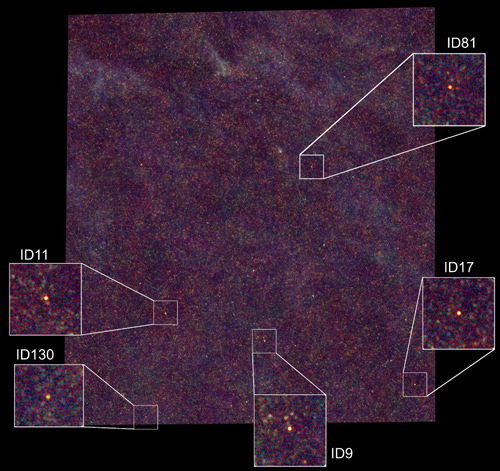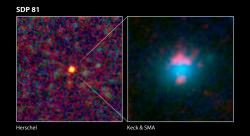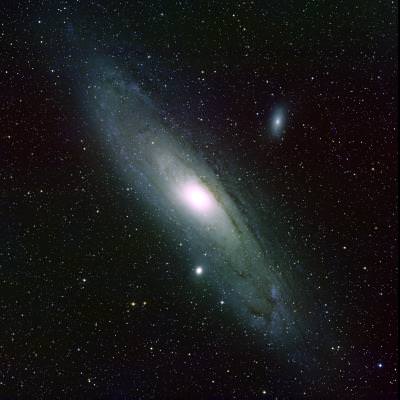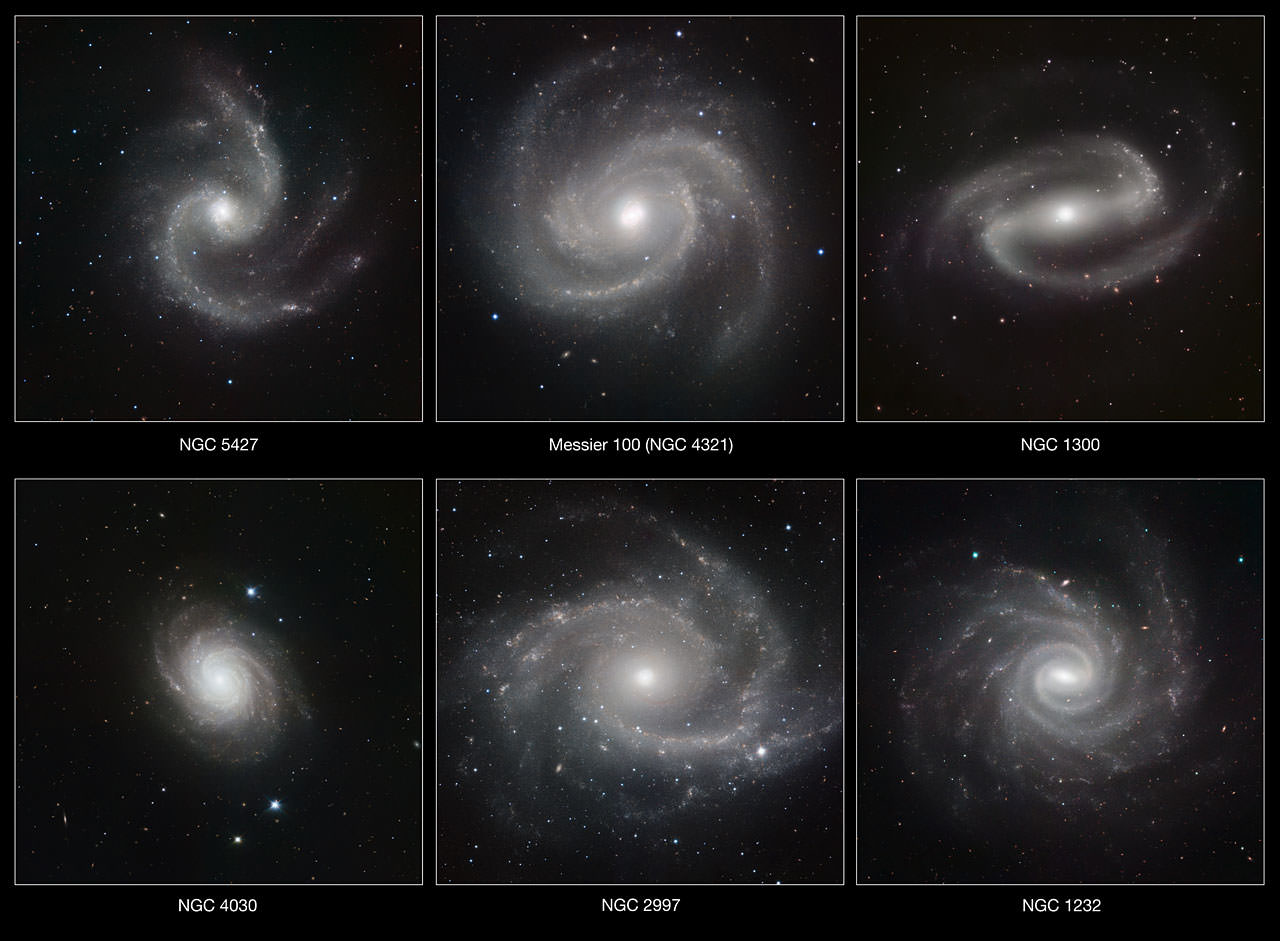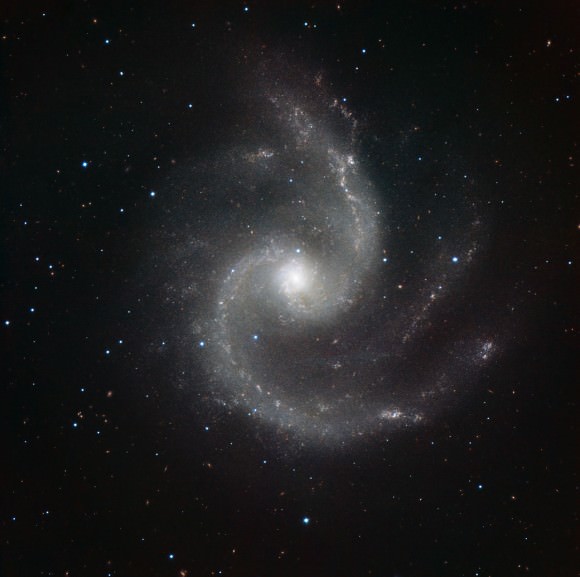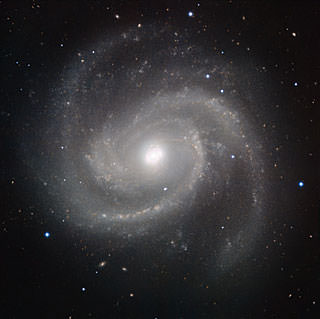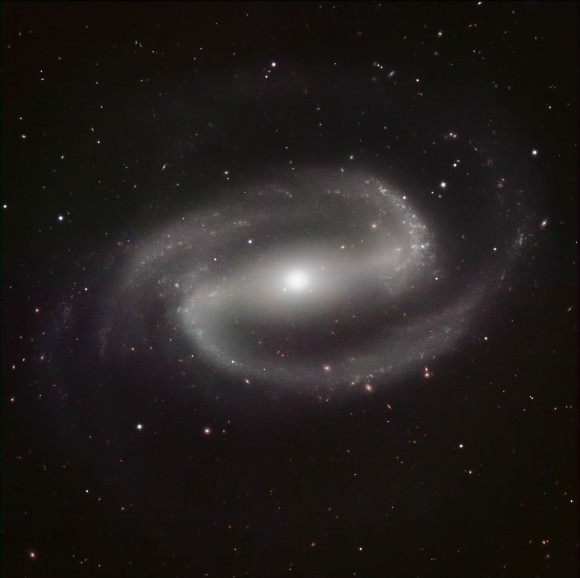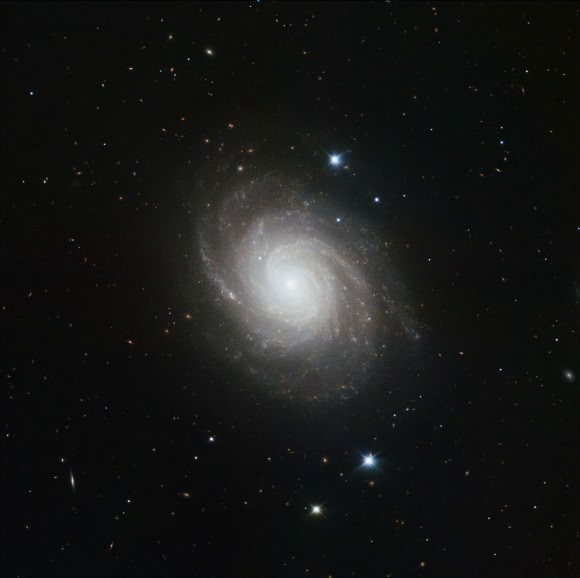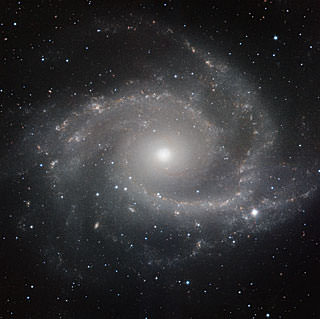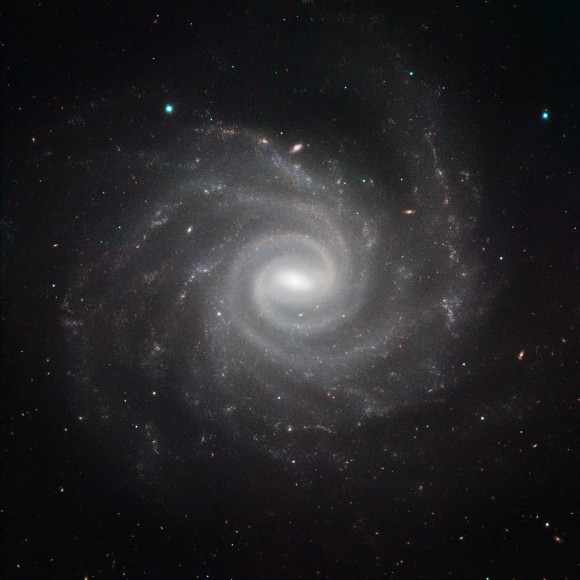[/caption]
Classification is key to all sciences, but can often cause debate. Within astronomy, fierce debates have raged over the definition of a planet, both on the low-mass end, as well as the high-mass end. A recent paper explores definitions on a larger scale, pondering the definition of a galaxy, particularly, what separates the smallest of galaxies, the dwarf galaxies, from star clusters.
A working definition for dwarf galaxies was proposed in 1994 based on the brightness of the object in question as well as it’s size. For brightness, the cutoff was taken to be an absolute magnitude (MB) of -16. The size would need to be “more extended than a globular cluster.”
As with many definitions, they seem to work initially, but as new technology became available, objects were discovered around the cutoff line, blurring the distinction. These objects, which were first discovered in the late 90’s, are generally referred to with names like “ultra-faint dwarf spheroidals” (dSphs) and “ultra compact dwarfs” (UCDs). Regarding these small fragments, a 2007 study noted that they may “contain so few stars that they can be fainter than a single bright star and contain less stellar mass than some globular clusters”.
To help reconsider the definition of a galaxy, the authors looked at several commonly used criteria that have been applied (often inconsistently) to these questionable cases previously. This included requirements that the system be gravitationally bound, which would keep stellar streams and other ejected objects from being considered galaxies in their own right. Obviously, most galaxies will slowly bleed away stars due to random interactions, giving rise to hypervelocity stars which will leave the galaxy, so the team proposes a threshold that the galaxy have a “relaxation time” greater than the age of the universe. This would allow dSphs and UCDs to be considered galaxies, but would keep out objects that have generally been considered globular clusters.
Another proposed constraint is based on the size of the object. The team proposes a cutoff where the effective radius be greater than or equal to 100 parsecs. This cutoff would exclude dSphs and UCDs.
The types of stars is another consideration proposed since this can be used to achieve somewhat of an understanding of the history of the object. While clusters usually form in a single instance, galaxies are generally considered to have their own, internal machinations leading to complex stellar populations. Thus, the presence of multiple populations of stars. This would include dSphs and UCDs, but may allow some globular clusters to slip in as well since studies have shown that some of our more massive globular clusters in the Milky Way have interacted with gas clouds, triggering star formation which was absorbed by the clusters.
Dark matter is another criteria that is examined. Since galaxies are proposed to form within dark matter halos and be intrinsically tied into them, the requirement that dark matter be present would fit well with the theory. However, this criteria also poses many difficulties. Firstly, measuring the presence of dark matter in small objects is a challenging task. It is also questionable as to whether or not dSphs and UCDs would contain dark matter as a general rule since their formation is not well understood and the possibility remains that they may have been ejected from our own galaxy during formation and recoalesced, possibly without a dark matter halo.
The last possible criteria is much along the same lines as the nebulous definition for planets that they dominate the local gravitational field. The team considers the possibility that objects would be required to have stellar satellite systems as globular clusters of their own. This would include some dwarf galaxies, but may exclude others.
Even with many of these criteria, classification will still be a treacherous issue. Objects like Omega Centauri may fit some definitions but not others. According to the paper’s lead author, Duncan Forbes, “many amateur astronomers know Omega Cen as massive star cluster, some professional astronomers regard it as a galaxy. This is a stellar system that could be upgraded or downgraded by this exercise, depending on your point of view.”
To help gather opinions on the topic, the authors have set up an online survey to gather opinions on this definition and hope to reach a satisfactory conclusion by collective wisdom. This poll is open to the general public and results will be presented at a future astronomical conferences allowing participants to help take part in the astronomical process. Forbes hopes that this public interaction will help garner public interest in much the same way as the Galaxy Zoo project has.

